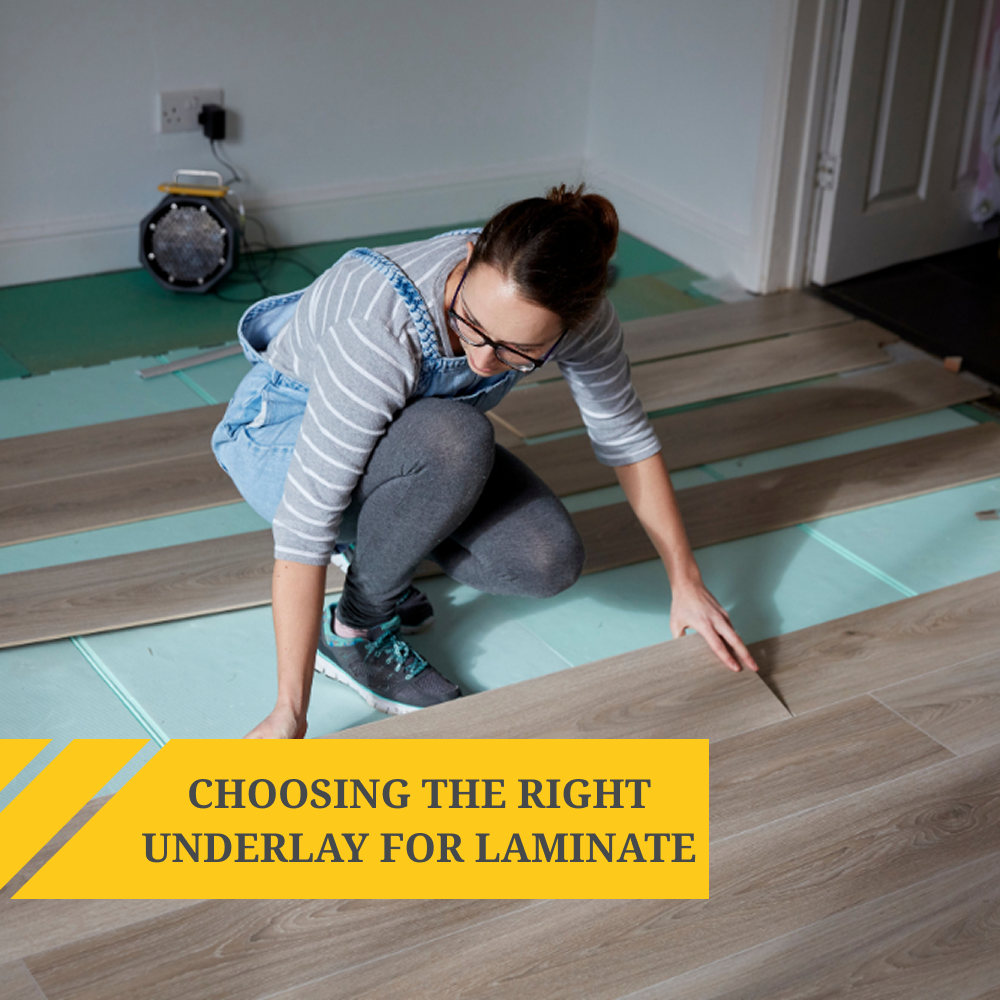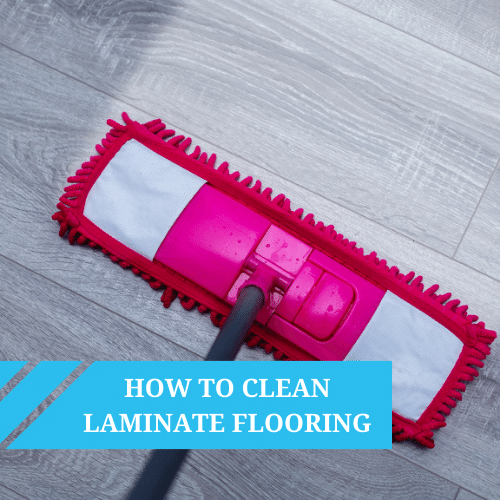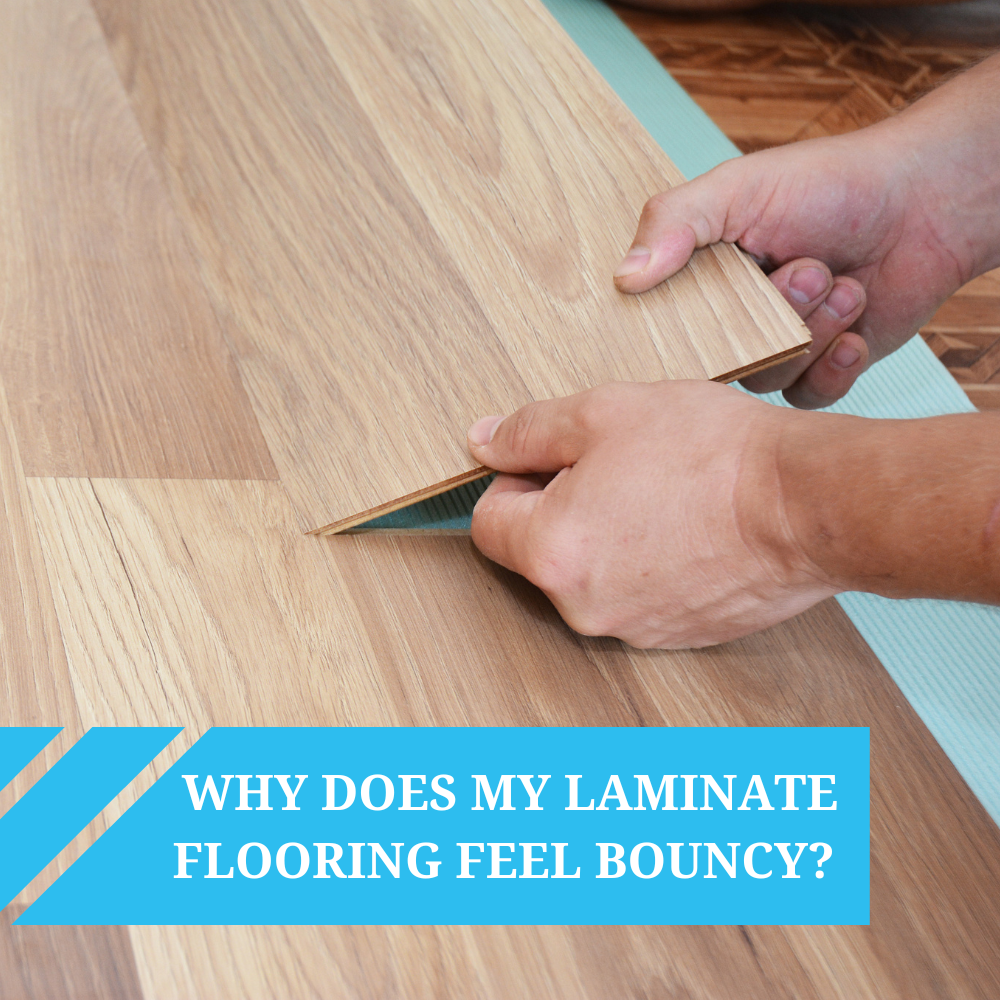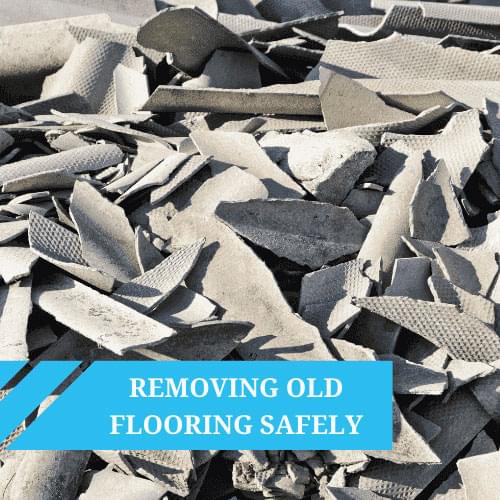Vinyl flooring is known for being low maintenance, durable, and easy to clean, but that doesn’t mean it’s completely indestructible. A few bad habits can cause unnecessary wear and tear, and in some cases, even permanent damage. If you want your new vinyl flooring to stay looking its best for years to come, here’s what you should avoid.
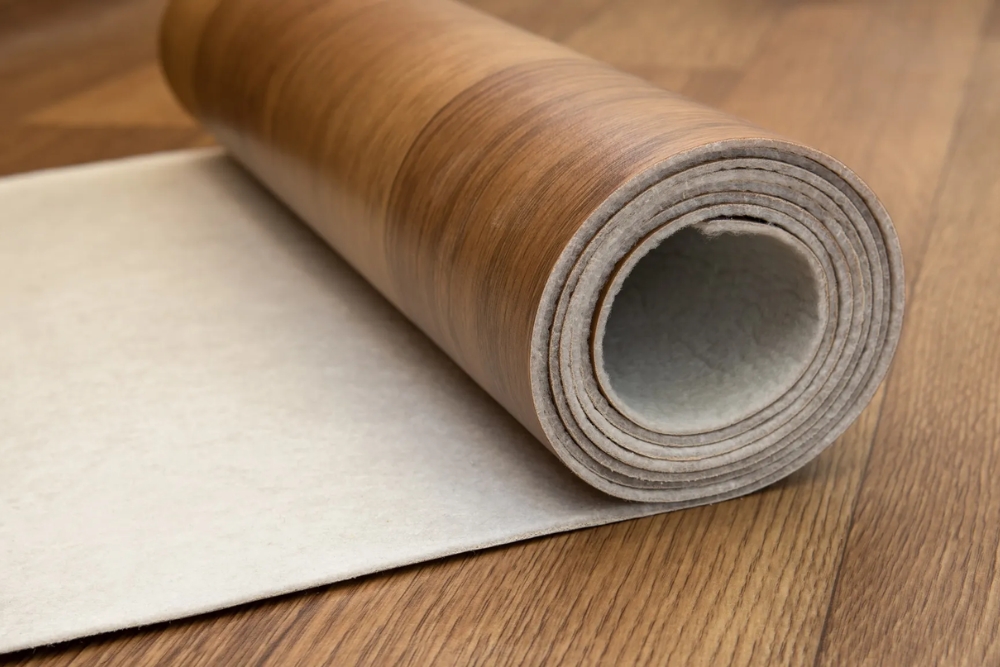

Don’t lay a foam-backed sheet vinyl over the top
It might seem like a quick fix, but laying foam-backed sheet vinyl over an existing vinyl floor can lead to plasticiser migration, a chemical reaction that causes discolouration and damage. This is especially noticeable in high-traffic areas like kitchens and hallways, where extra foot pressure speeds up the process.
If you're replacing your flooring, always remove the old vinyl first and prep the subfloor. Skipping this step might save time now, but it’ll only lead to lifting, warping, or an uneven surface down the line.
Need help getting started? Here’s a guide to laying sheet vinyl flooring.
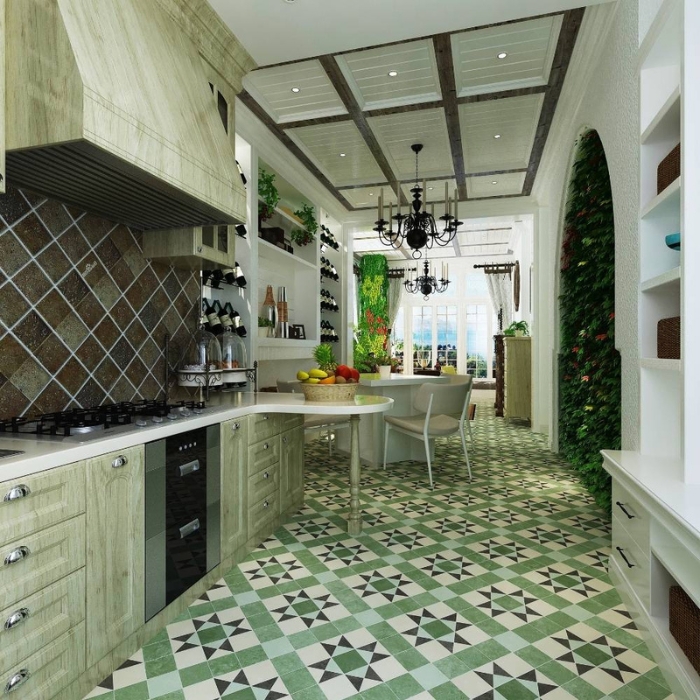

Don’t use rubber-based mats, accessories, or furniture
Rubber-backed mats, chair protectors, and furniture feet might seem like a good idea, but they can permanently stain vinyl flooring. This happens because the rubber reacts with the vinyl, leaving behind marks that even a deep clean won’t fix.
To prevent dirt tracking into your home, use non-rubber-backed door mats and swap out rubber furniture feet for felt pads. Placing protective pads under heavy items also helps prevent dents and scuff marks.
Don’t leave wet mats on the bathroom floor
It’s easy to step out of the shower and forget about the bath mat, but leaving it sitting damp on your luxury vinyl tiles or sheet vinyl for too long can trap moisture, which may weaken the wear layer and cause warping or mould growth.
A simple fix is to hang up your bath mat after use and let it dry properly. If you want to reduce moisture buildup altogether, a quick-dry fabric mat is a great alternative.
Don’t ignore water spills
Vinyl flooring is water-resistant, but that doesn’t mean it’s invincible. Standing water, especially near edges and seams, can seep underneath, leading to water damage, lifting, and subfloor issues.
Always wipe up spills immediately with a soft cloth or mop. Avoid using hot water, steam mops, or abrasive cleaners, as they can break down the protective surface. The best way to clean vinyl and LVT flooring is with a neutral detergent and warm water—nothing harsh, nothing complicated.
Don’t leave food spills sitting too long
Vinyl flooring is stain-resistant, but that doesn’t mean you can leave spills sitting there all day. Foods like sauces, oils, and drinks can set into the surface, making them harder to remove, especially on lighter-coloured floors.
To prevent stains, wipe up messes as soon as they happen with a damp cloth and mild floor cleaner. For tougher stains, a baking soda and warm water paste works well. For stubborn stains that won't budge, we'd recommend using a specially designed floor cleaner to finish the job, and check out our stain removal guide for extra tips.
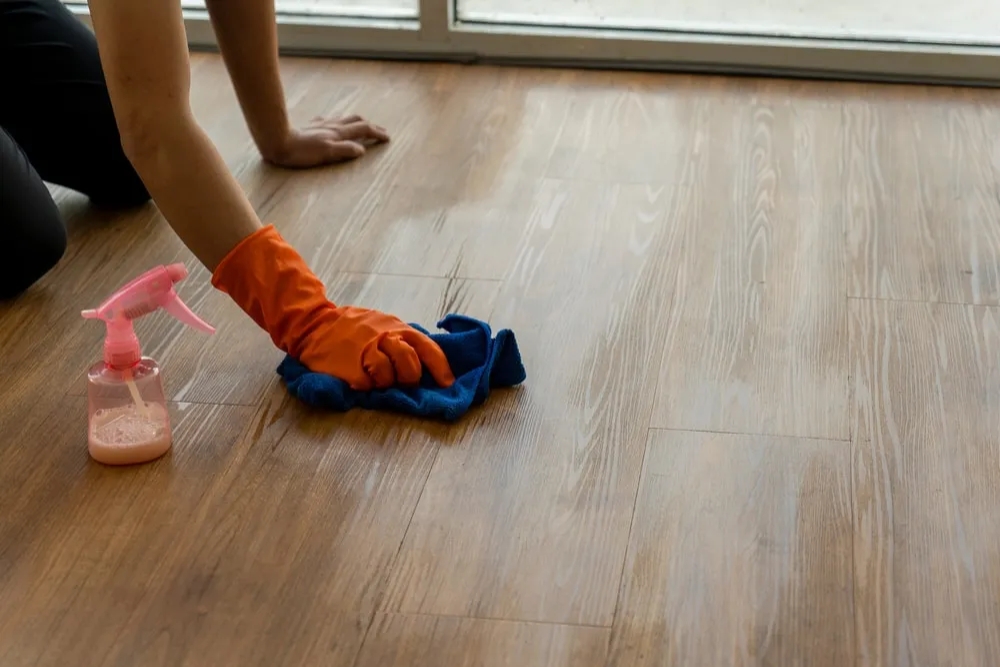

Don’t forget to seal the edges in the bathroom
A new vinyl floor in the bathroom looks great, but if the edges aren’t properly sealed, water can creep underneath, leading to warping, mould, and even subfloor damage.
Using a high-quality vinyl adhesive ensures the edges stay secure and waterproof. If you’re installing cushioned vinyl flooring, opting for a felt-backed vinyl is another smart move, as it’s more resistant to subfloor imperfections.
For extra protection, double-sided tape can help keep the flooring in place and prevent lifting over time.
Don’t drag heavy furniture across the floor
Vinyl flooring is tough, but it’s not invincible! Dragging sofas, tables, or appliances across the surface can scratch or tear the floor, and in some cases, even cause permanent gouges.
If you need to move furniture, lift it instead of dragging it. For everyday protection, place felt floor protectors under furniture legs to prevent long-term damage.
Don’t wear high heels or heavy boots indoors
Vinyl flooring is designed to be durable, but sharp or heavy footwear can still leave dents and scuff marks over time. High heels, work boots, and cleats put a lot of pressure on a small surface area, making them more likely to leave lasting marks.
If possible, take off shoes at the door or use a (felt backed) door mat to catch dirt and prevent scratches before they happen.
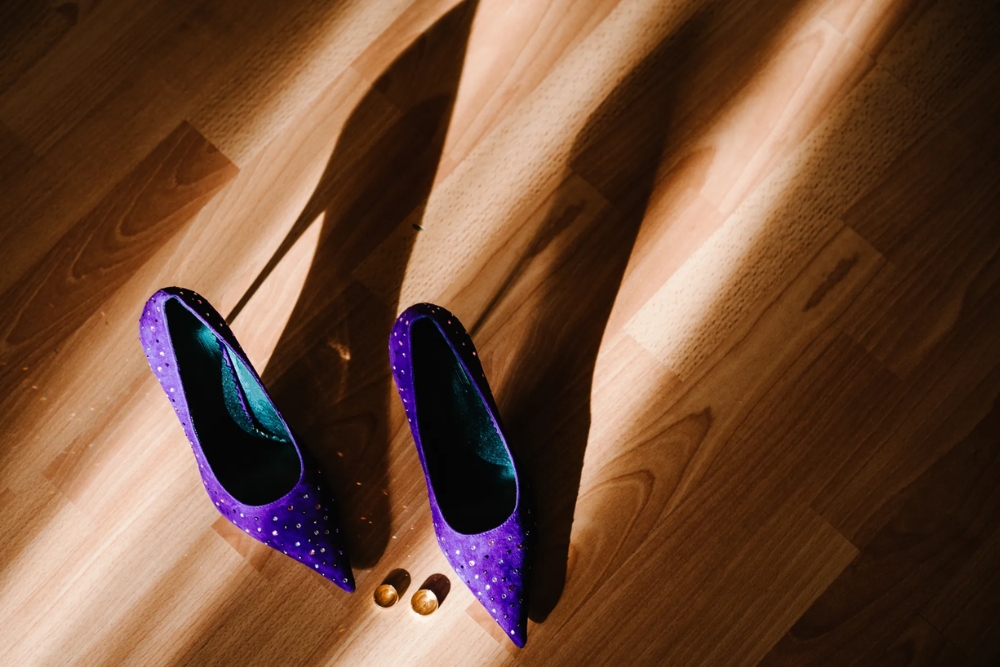

Don’t use the wrong cleaning products
It's extremely easy to clean vinyl flooring, but using the wrong products can do more harm than good. Bleach, steam mops, and wax-based cleaners can damage the wear layer, making the floor look dull or sticky over time.
To keep your floor looking its best, stick to a mild cleaning solution with warm water and a neutral detergent. A damp mop is all you need for daily cleaning, and for a deep clean, specially designed vinyl products can work wonders.
Clean vinyl flooring regularly
Even though vinyl flooring is low maintenance, regular cleaning is still essential. Grit, dust and dirt can act like sandpaper, slowly wearing down the surface and making the floor look dull.
Removing dust with a quick daily sweep with a soft broom or a vacuum cleaner without a beater bar will keep your floors looking fresh. For a deeper clean, simply sweep up loose dirt first, then go over the floor with a mop and neutral floor cleaner.
What About Repairing Vinyl Flooring?
Even with proper care, scratches, dents, and tears can happen. The good news? Most vinyl flooring damage can be repaired without replacing the entire floor.
- Scuffs and scratches – Light marks can be buffed out with warm water and a neutral detergent. For deeper scuffs, try baking soda or jojoba oil applied with a soft cloth.
- Dents and indentations – If heavy furniture leaves a dent, warming the area with a hairdryer on low heat can help the vinyl expand back into shape.
- Tears and gouges – For small rips, use a vinyl repair kit or seam sealer. Larger damage may require cutting out the affected section and replacing it with a matching piece.
If your floor has extensive damage or persistent warping, replacement might be the best option.
Need advice? Our flooring experts are happy to help!
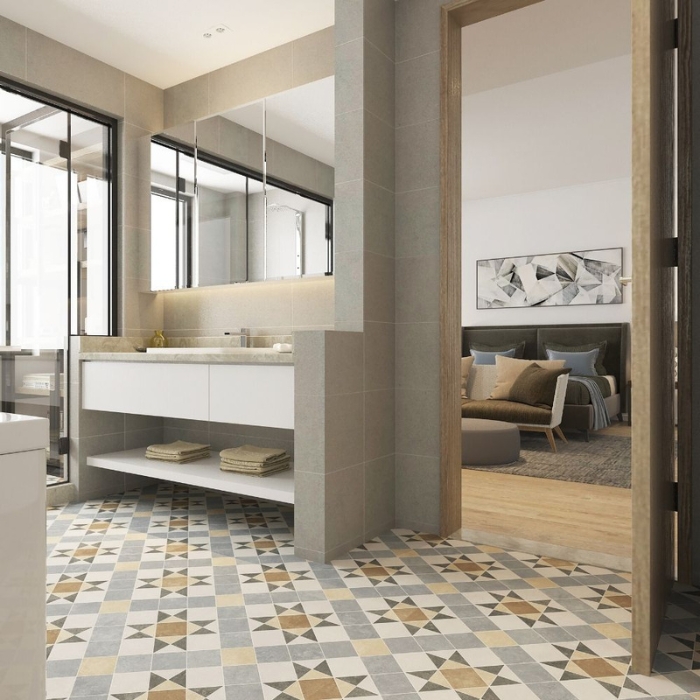

Final thoughts
Of all the floor coverings, vinyl flooring is one of the easiest floors to care for - but a little maintenance goes a long way. By avoiding these common mistakes, you’ll keep your floor looking as good as new for years to come.
If you have any questions about vinyl flooring maintenance, installation, or cleaning, our flooring experts are happy to help—get in touch today.






